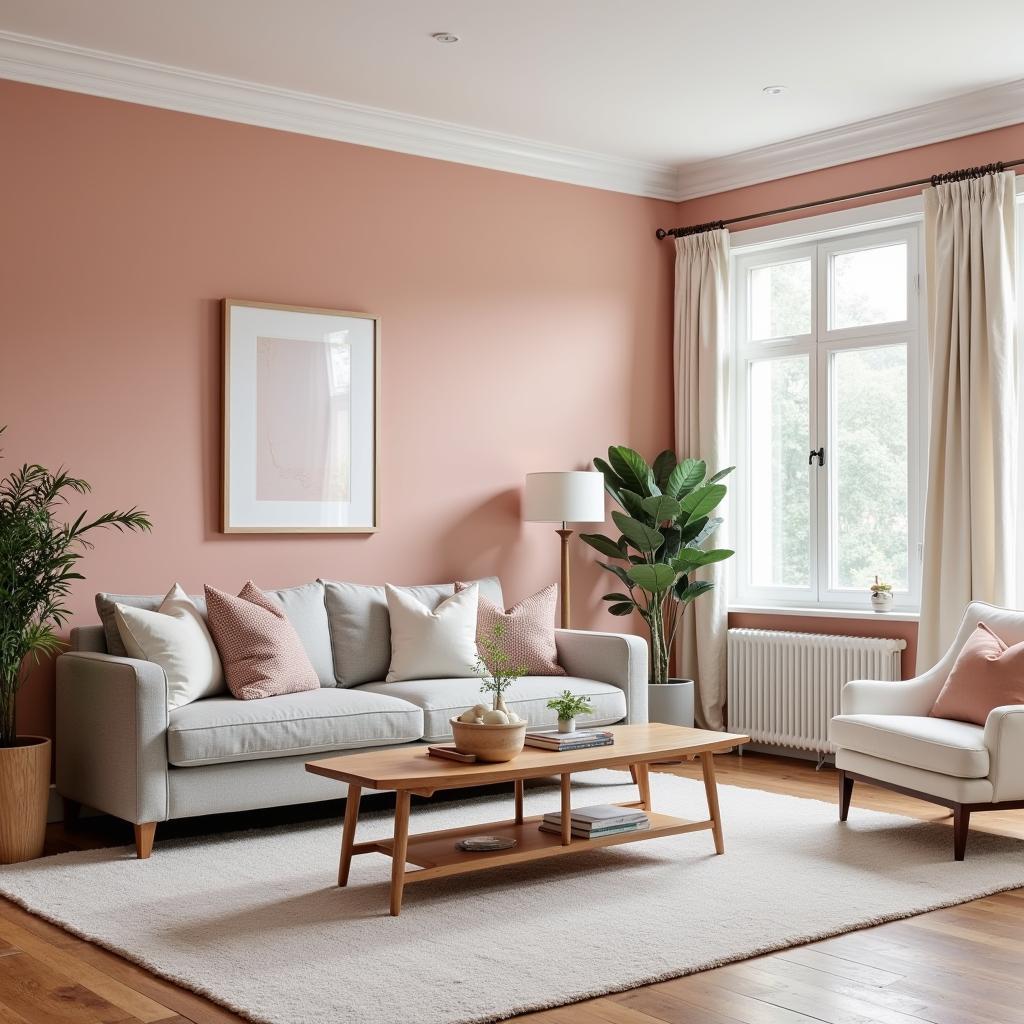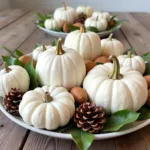Blush, a seemingly simple element of interior design, can dramatically impact a room’s atmosphere and overall aesthetic. Choosing the right blush color can transform a space from dull and uninspired to warm, inviting, and sophisticated. This guide will walk you through the essential steps to finding the perfect blush hue for your home, ensuring a result you’ll absolutely adore.
Finding the ideal blush isn’t always straightforward. It requires careful consideration of your existing décor, lighting conditions, and desired mood. Beyond just picking a color chip, understanding undertones, saturation, and the interplay of light and shadow is crucial. Ready to unlock the secrets to mastering blush? Let’s dive in!
What wall color goes with red curtains? Knowing how to pair bold colors like red with the right wall color can greatly enhance your interior design.
Understanding Blush Undertones
Blush isn’t just pink. It’s a nuanced color family with a spectrum of undertones, from warm peaches and corals to cool lavenders and mauves. Identifying these undertones is the key to creating a harmonious palette. Warm blush hues, with hints of yellow or orange, create a cozy, inviting atmosphere. Cooler blush colors, tinged with blue or violet, evoke a sense of tranquility and sophistication.
Identifying Warm and Cool Undertones
Hold your blush paint sample against a pure white background. This will help you discern the subtle undertones. If you see hints of yellow or orange, you have a warm blush. If you see hints of blue or violet, you have a cool blush. This simple trick can make a world of difference in your color selection process.
Considering Your Existing Décor
Your existing furniture, artwork, and accessories play a significant role in choosing the right blush color. Analyze the dominant colors in your space and choose a blush that complements them. If your room features warm tones like beige, brown, or gold, opt for a warm blush. Conversely, if your room features cool tones like gray, blue, or silver, a cool blush will create a more cohesive look.
Creating a Cohesive Color Palette
Use a color wheel to guide your choices. Analogous colors, those that sit next to each other on the color wheel, create a harmonious and relaxing effect. Complementary colors, those that sit opposite each other on the color wheel, create a bold and energetic contrast.
You might be wondering, is emerald green a spring color? Understanding the seasonal color palettes can help you make informed decisions about your overall design.
The Impact of Lighting
Natural and artificial lighting significantly influence how a blush color appears. North-facing rooms tend to be cooler and benefit from warm blush tones to brighten the space. South-facing rooms, bathed in natural light, can handle cooler blush shades without feeling too stark. Test your chosen blush color in different lighting conditions before committing to it.
Testing Your Blush Color
Paint a large swatch of your chosen blush color on a piece of white poster board. Observe it throughout the day and under different lighting conditions to see how it changes. This simple step can save you from costly mistakes and ensure you’re happy with the final result.
Choosing the Right Blush Saturation
Saturation refers to the intensity of a color. A highly saturated blush is vibrant and bold, while a less saturated blush is softer and more subtle. Consider the size of the room and the desired mood when choosing saturation. In smaller spaces, softer, less saturated blush tones can create a sense of airiness, while bolder, more saturated shades can add drama to larger rooms.
What color heels go with black dress? Knowing how to accessorize a classic black dress can elevate your style.
 Blush Color Samples on Wall
Blush Color Samples on Wall
Blush in Different Rooms
Blush can be used effectively in any room, but the specific shade and saturation should be tailored to the room’s function. In bedrooms, softer, more calming blush hues promote relaxation. In living rooms, slightly bolder blush shades can create a warm and inviting atmosphere. In kitchens and dining rooms, blush can add a touch of femininity and elegance.
Expert Insights
Maria Sanchez, Color Consultant: “Blush is a versatile color that can be used to create a variety of moods. The key is to choose the right undertone and saturation to complement your existing décor and lighting conditions.”
James Thompson, Interior Designer: “Don’t be afraid to experiment with different blush hues. Paint large swatches on the wall and observe them in different lighting conditions before making a final decision.”
 Living Room with Blush Walls
Living Room with Blush Walls
What color underwear to wear under white? Choosing the right underwear can make all the difference when wearing white clothing.
Conclusion
Choosing the perfect blush color involves more than just picking a pretty pink. Understanding undertones, considering your existing décor, and evaluating lighting conditions are crucial steps in the process. By taking the time to carefully consider these factors, you can transform your space with the perfect blush hue, creating a room you’ll love for years to come.
FAQ
- What is the best blush color for a small bedroom? A soft, less saturated blush with warm undertones can make a small bedroom feel larger and more inviting.
- Can I use blush in a modern style home? Absolutely! Blush can add a touch of warmth and sophistication to modern interiors.
- What colors complement blush? Blush pairs well with a variety of colors, including gray, white, beige, navy, and green.
- How do I choose the right blush undertone? Hold your blush paint sample against a pure white background to discern its undertones.
- What is the difference between blush and pink? Blush is a softer, more muted version of pink, often with subtle undertones of peach, coral, lavender, or mauve.
- Can I use blush on my walls and ceiling? Yes, you can! Painting the walls and ceiling in the same blush color can create a cozy and enveloping atmosphere.
- What is the best finish for blush paint? A matte or eggshell finish works well for blush paint, especially in bedrooms and living rooms.
Common Scenarios and Questions
- Scenario: You have a north-facing living room with limited natural light. Question: What blush color will brighten the space without feeling too stark? A warm blush with peach or apricot undertones will help brighten a north-facing room.
- Scenario: You want to create a calming and sophisticated bedroom. Question: What blush color and complementary colors should I choose? A cool blush with lavender undertones paired with gray or white accents can create a serene atmosphere.
- Scenario: You’re decorating a modern living room with gray furniture. Question: What blush color will complement the existing décor? A muted blush with cool undertones will harmonize with gray furniture.
Further Reading
For more inspiration and guidance, check out our articles on cuál es el color vino, exploring the rich hues of wine color, which can complement certain blush tones.
Need Help?
Contact us for expert advice and assistance with your next painting project. Call us at 0373298888, email us at [email protected], or visit our showroom at 86 Cầu Giấy, Hanoi. Our 24/7 customer service team is ready to assist you.

